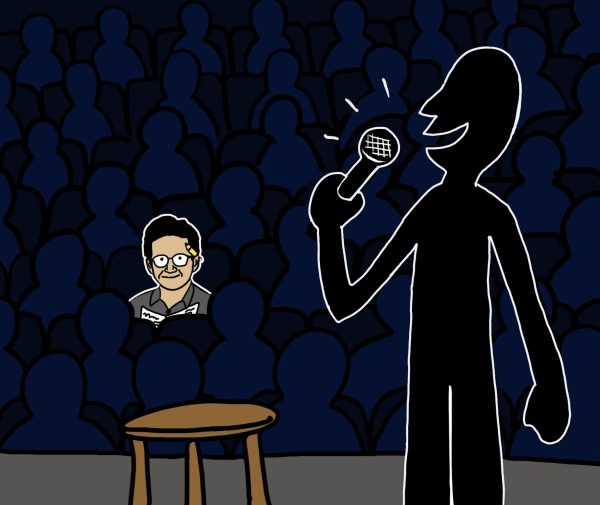Linking music with its creators
November 8, 2019
Here’s a concept that fascinates the angsty teenager side of me, in school and otherwise: how does art imitate life? On the flip side, how does life imitate art? It is clear to me that young Americans witness the result of both questions.
Whether it be the influence of a song-turned-popular-saying like “hot girl summer” or extremely explicit ways of expressing their ideologies through artistic work, creators are influencers of our social and political climate. Not only do artists guide the world around us, but they are also impacted by that same environment to create their work. I hope to spotlight the importance our outside world has on artists’ work and our interpretation of it. For example, how would the popularity of Lil’ Nas X or Lizzo shift if we were in a different time period, one even as close to us as the 1990s?
To demonstrate this argument with such a plethora of exemplars would be ineffective, so I center this column on music, a form of art that constantly evolves due to changes in culture and politics. Not only does music display the multifaceted artistry of writing, composing and performance, but the music also has the power to distinctly age as time progresses. Throughout history, and for generations to come, art has translated what political issues have reshaped the world.
When I try to conceptualize what historical events have impacted musicians and the music industry, the scale seems infinite. When imagining what our political, social and environmental climate has done to subconsciously, or consciously, motivate artists’ work, the range of experiences transcends any quantifiable number.
In the late 1930s, powerful female musician Billie Holiday translated her emotion into performing the influential song “Strange Fruit,” which protests the traumatic events of lynching in the south. Although she did not write the piece, Holiday hoped to spark conversation and connect her beliefs with performing Abel Meeropool’s lyrics because before the release of Strange Fruit, society as a whole did not acknowledge the traumatic and gruesome events of the south. To reiterate my point, Holiday could not separate her ideologies about human rights from her music and performance in the time of her popularity.
Thirty years later in 1963, Bob Dylan utilized his platform and wide range of listeners to express his viewpoints through his hit “Blowin’ in the Wind.” Written and performed by Dylan, this song protests against the mistreatment of black Americans throughout the civil rights movement. Similar to Holiday’s song, “Blowin’ in the Wind” is implicit in its social commentary, requiring listeners to deconstruct the piece to understand the artist’s beliefs. Dylan displays how our daily lives are influenced by current events and how subconscious artistic decisions are influenced by those corresponding issues.
The 1980s exemplify how musicians more explicitly expressed their grievances with the mistreatment of black Americans by white police officers as NWA’s “F*** the Police” did. Shortly after the police racially profiled The D.O.C., Ice Cube and MC Ren, the artists released the impassioned hit. The song illustrates how NWA’s music was an extension of their experiences and identity. One message I took away from NWA’s work is this message that we should not separate events in history from their art, we cannot separate the artwork from the artist.
Reaching the 2000s and present day, artists have been able to openly share their identities and personal views, which are now more widely accepted than in any other time period. Our political and social climate shapes artists’ intentions, from protesting the election of Donald Trump to the creation of songs about female empowerment. Looping back to Lil’ Nas X and Lizzo are two artists altering the music industry. Streaming services have given the public more power to decide which artists are representative of our time period. With Lizzo’s self-empowering songs “Juice” and “Good as Hell,” explicitly sharing the acceptance of varying body types. Finally, Lil’ Nas X’s gained in popularity as the number one song for 17 weeks over the summer, a historic accomplishment for any artist. Lil’ Nas X’s may not explicitly acknowledge his identities, but he has become a symbol for our generation is because of the vast range of access points to discover music and artistic work. Even though both of these artists are not explicitly expressing a political event, previous artists have paved the way for Lil’ Nas X and Lizzo to reach a mainstream audience while bringing their identity to the forefront.
In my opinion, we should not separate the musician from their work. If you perceive an artist expressing their political stances or identity expression as unnecessary or unprofessional, I challenge you to reevaluate your position. If you have ever seen an artist as simply a vessel, simply a mode of transportation for their work, you should rethink your conclusion. Truthfully, it is up to you to decide to consider an artist’s stances in life, but I think it’s crucial to consider their story and how that impacts how they are sharing themselves with the world.




















